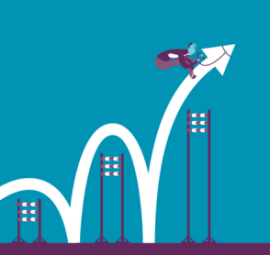 I was reading about one of natures wonders about the famous salmon run. Have you ever actually witnessed one or watch the documentary on this incredible journey and all its obstacles? it is an amazing story of determination to overcome odds to bring new life into the world.
I was reading about one of natures wonders about the famous salmon run. Have you ever actually witnessed one or watch the documentary on this incredible journey and all its obstacles? it is an amazing story of determination to overcome odds to bring new life into the world.
This “run” is the time when salmon migrate from the ocean and swim to the upper reaches of the rivers, where they spawn on gravel beds.
This event is an annual run where grizzly bears, bald eagles and sports fisherman all “feed” off the struggling salmon as it attempts to make it “upstream”. It is one of the natures more arduous journeys.
This set me thinking about the innovator within a company. They face the same “salmon run” or gauntlet when they try to bring to life a new innovation. The innovation equally has to swim “upstream” of validation, encountering all sort of obstacles along the way to get approval. Actually can we make a further parallel here? Continue reading “Facing The Innovators Salmon Run”
